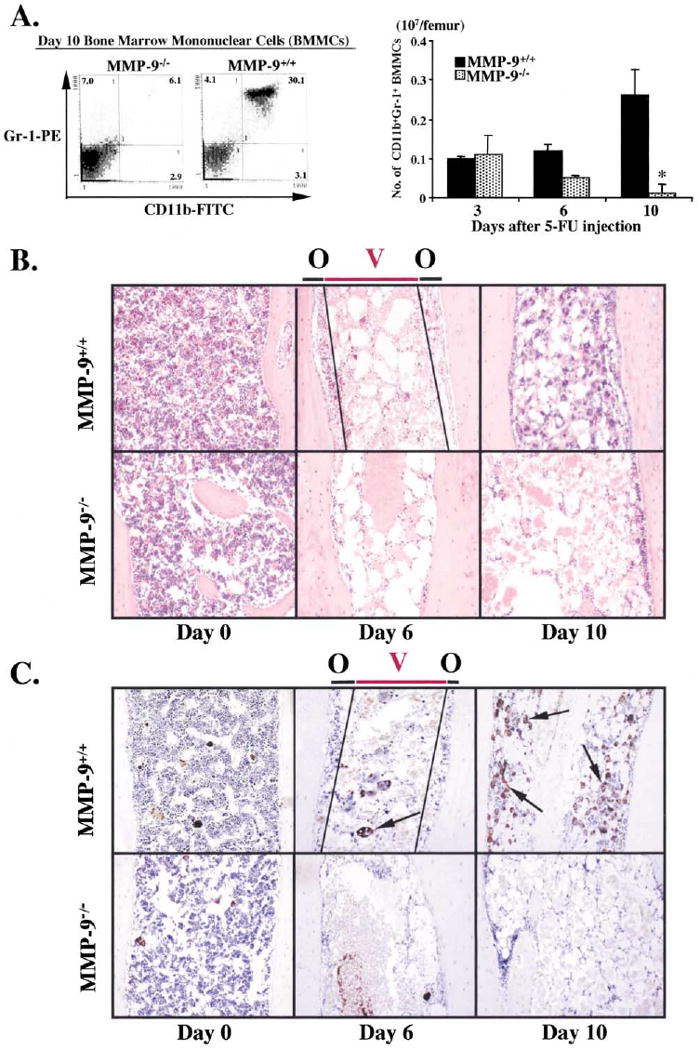Figure 3. Recruitment and Differentiation of Hematopoietic Cells Are Impaired in MMP-9−/− Mice.

MMP-9−/− and MMP-9+/+ mice were treated with 5-FU and the hematopoietic recovery and the frequency and distribution of myeloid and megakaryocytic precursor cells was evaluated by FACS (A) or immunohistochemistry (B and C).
(A) BM cells obtained from either MMP-9−/− or MMP-9+/+ mice were stained for the myeloid markers CD11b-FITC and Gr-1-PE and analyzed by FACS (left panel). Absolute number of CD11b+/Gr-1+ BM cells per femur was calculated at different time points (right panel, n = 6, *p < 0.01).
(B) H&E staining of femurs from mice after 5-FU treatment. Hematopoietic cell clusters can be detected in close contact to osteoblasts (Osteoblastic zone, O) in the early phase of BM recovery. Over time, abundant clusters of proliferating hematopoietic cells are detected both in the osteoblastic zone and in the vascular-enriched zone (Vascular zone, V) in wild-type animals. In contrast, there is a striking paucity of hematopoietic cell clusters in the osteoblastic and the vascular zone in 5-FU-treated MMP-9−/− mice.
(C) vWF staining (brown) of femurs at different time points following 5-FU treatment. vWF positive megakaryocytes increase during BM recovery in MMP-9+/+ mice, but not in MMP-9−/− mice (arrows; magnification ×100).
